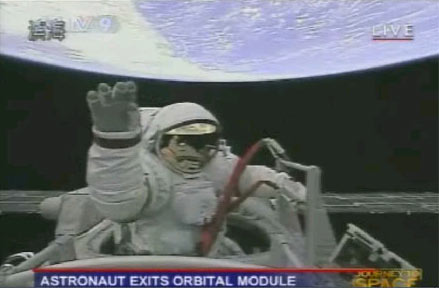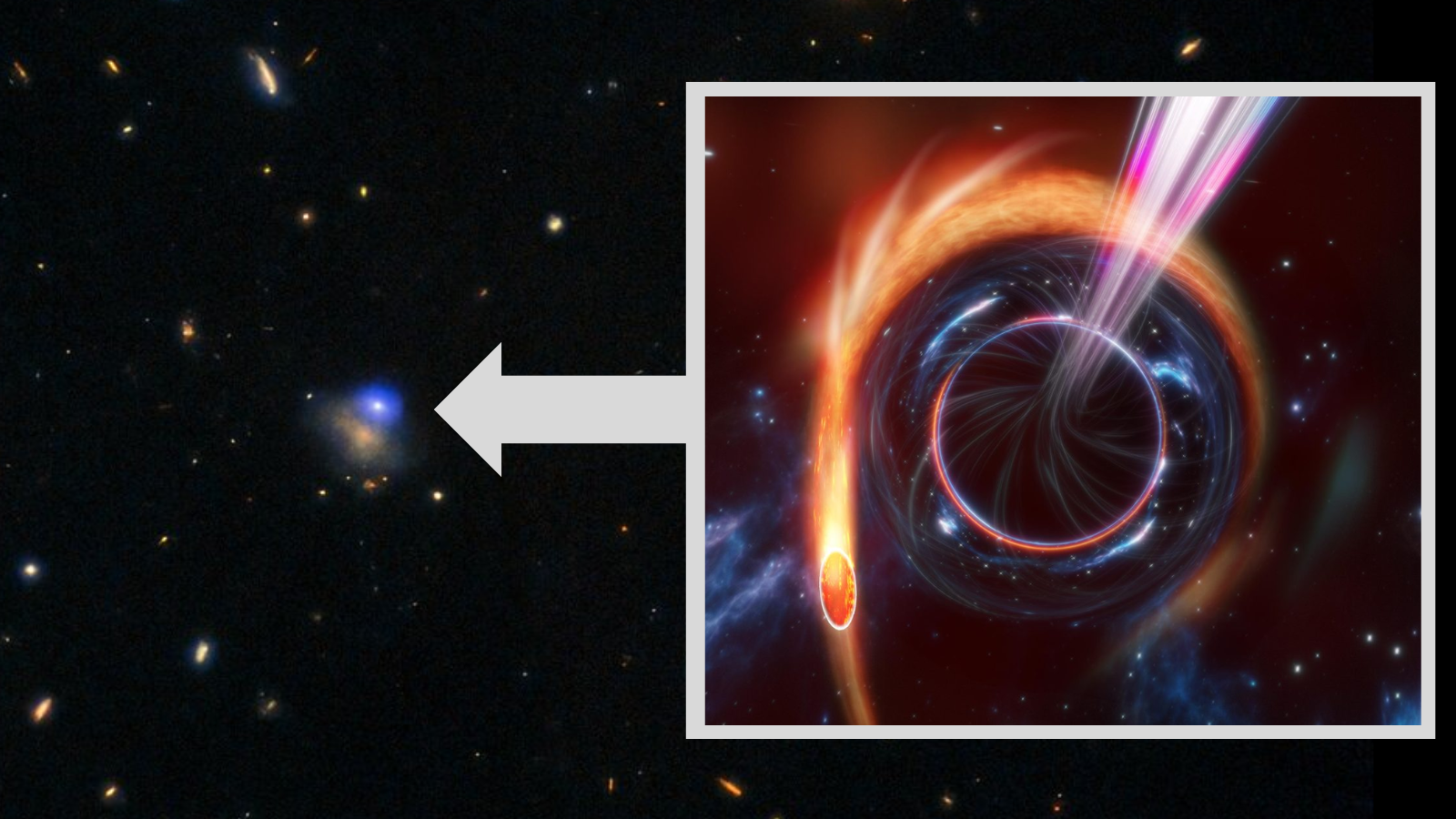First Piece Of Chinese Space Station Assembled For 2011 Launch

China says it has completed assembling the first module forits space station, and the country's space agency hopes to launch it next year.
The unmanned Tiangong-1 module, weighing almost 19,000pounds (8,500 kg), will lift off on a Chinese Long March 2F carrier rocketsometime in the first half of 2011, China's Xinhua news agency reportedTuesday. An unmanned spacecraft, the Shenzhou 8 vehicle, is expected to launchlater and rendezvous with the module in the first demonstration of the Chinesespace station's docking capability.
Testing is currently under way on the Tiangong-1, includinganalysis of the module's electronic, mechanical and thermal properties, amilitary source told Xinhua. Tiangong means "Heavenly Palace" inEnglish.
The space station plans are part of China'sburgeoning space program, which kicked off with the nation's first mannedspaceflight, the 2003 mission of Shenzhou5. China is the third country in the world, behind Russia and the UnitedStates, to independently have launched humans to space.
Eventually, China plans for manned spaceships to dock withTiangong-1 and crews to take up residence on the station. If the Shenzhou 8mission goes well, its successors, Shenzhou 9 and Shenzhou 10, are likely tolaunch with Chinese "taikonauts" on board in 2012.
China also plans to add more rooms to the space stationafter it is established. The second module, Tiangong-2, is scheduled to debutin 2013, to be followed by the launch of Tiangong-3 sometime between 2014 and2016, Chinese authorities have said.
Once the Chinese space station is fully assembled ? perhapsaround 2022 ? it is expected to function for about three years.
Breaking space news, the latest updates on rocket launches, skywatching events and more!
The newest batch of recruits to the Chinesetaikonaut corps includes the country's first female spaceflyers. Theastronauts are training now for those upcoming docking missions, the source toldXinhua.
- The Best Manned Spaceships of All Time
- Making History: China's First Human Spaceflight
- China Shifts Space Station Project Into Overdrive

Clara Moskowitz is a science and space writer who joined the Space.com team in 2008 and served as Assistant Managing Editor from 2011 to 2013. Clara has a bachelor's degree in astronomy and physics from Wesleyan University, and a graduate certificate in science writing from the University of California, Santa Cruz. She covers everything from astronomy to human spaceflight and once aced a NASTAR suborbital spaceflight training program for space missions. Clara is currently Associate Editor of Scientific American. To see her latest project is, follow Clara on Twitter.
